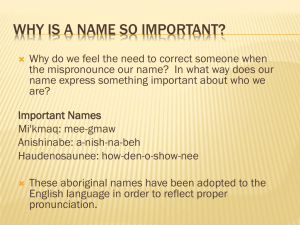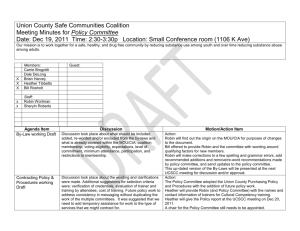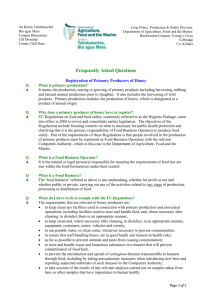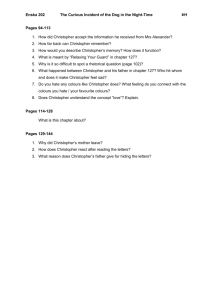Henri Membertou: Mi'kmaq Grand Chief - Biography
advertisement
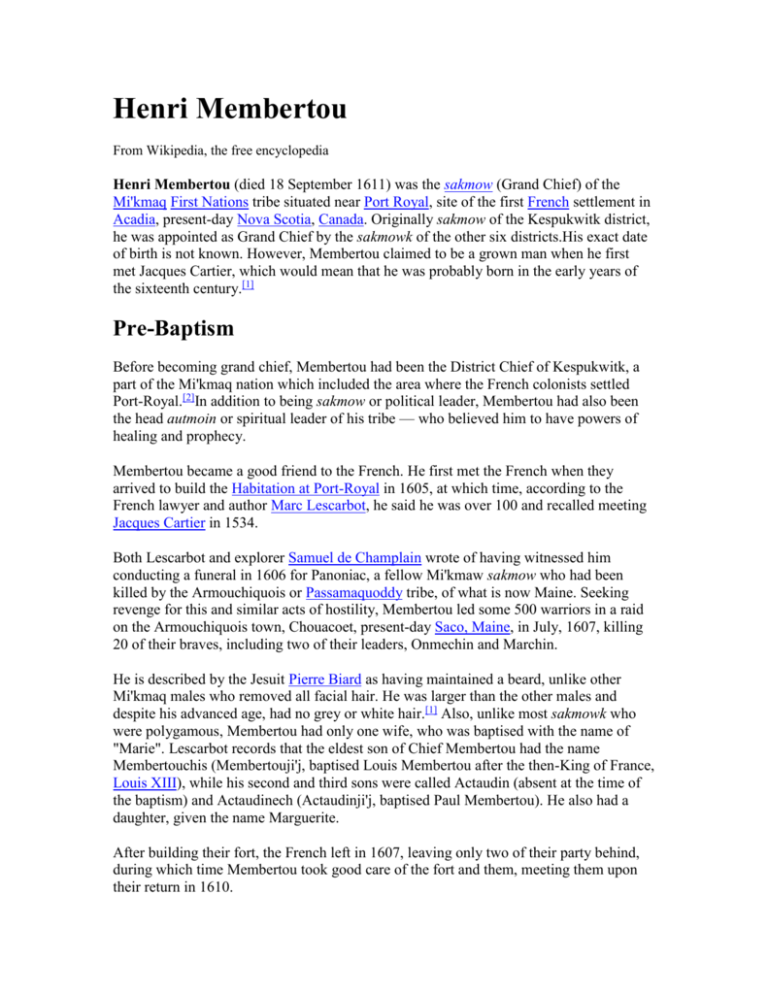
Henri Membertou From Wikipedia, the free encyclopedia Henri Membertou (died 18 September 1611) was the sakmow (Grand Chief) of the Mi'kmaq First Nations tribe situated near Port Royal, site of the first French settlement in Acadia, present-day Nova Scotia, Canada. Originally sakmow of the Kespukwitk district, he was appointed as Grand Chief by the sakmowk of the other six districts.His exact date of birth is not known. However, Membertou claimed to be a grown man when he first met Jacques Cartier, which would mean that he was probably born in the early years of the sixteenth century.[1] Pre-Baptism Before becoming grand chief, Membertou had been the District Chief of Kespukwitk, a part of the Mi'kmaq nation which included the area where the French colonists settled Port-Royal.[2]In addition to being sakmow or political leader, Membertou had also been the head autmoin or spiritual leader of his tribe — who believed him to have powers of healing and prophecy. Membertou became a good friend to the French. He first met the French when they arrived to build the Habitation at Port-Royal in 1605, at which time, according to the French lawyer and author Marc Lescarbot, he said he was over 100 and recalled meeting Jacques Cartier in 1534. Both Lescarbot and explorer Samuel de Champlain wrote of having witnessed him conducting a funeral in 1606 for Panoniac, a fellow Mi'kmaw sakmow who had been killed by the Armouchiquois or Passamaquoddy tribe, of what is now Maine. Seeking revenge for this and similar acts of hostility, Membertou led some 500 warriors in a raid on the Armouchiquois town, Chouacoet, present-day Saco, Maine, in July, 1607, killing 20 of their braves, including two of their leaders, Onmechin and Marchin. He is described by the Jesuit Pierre Biard as having maintained a beard, unlike other Mi'kmaq males who removed all facial hair. He was larger than the other males and despite his advanced age, had no grey or white hair.[1] Also, unlike most sakmowk who were polygamous, Membertou had only one wife, who was baptised with the name of "Marie". Lescarbot records that the eldest son of Chief Membertou had the name Membertouchis (Membertouji'j, baptised Louis Membertou after the then-King of France, Louis XIII), while his second and third sons were called Actaudin (absent at the time of the baptism) and Actaudinech (Actaudinji'j, baptised Paul Membertou). He also had a daughter, given the name Marguerite. After building their fort, the French left in 1607, leaving only two of their party behind, during which time Membertou took good care of the fort and them, meeting them upon their return in 1610. Baptism On June 24, 1610 (Saint John the Baptist Day), Membertou became the first native leader to be baptised by the French, as a sign of alliance and good faith. The ceremony was carried out by priest Jessé Fléché, who went on to baptize all 21 members of Membertou's immediate family. It was then that Membertou was given the baptismal name Henri, after the late king of France, Henry IV.[1] Post-Baptism Membertou was very eager to become a proper Christian as soon as he was baptized. He wanted the missionaries to learn the Algonquian Mi'kmaq language so that he could be properly educated.[1] Biard relates how, when Membertou's son Actaudin became gravely ill, he was prepared to sacrifice two or three dogs to precede him as messengers into the spirit world, but when Biard told him this was wrong, he did not, and Actaudin then recovered. However, in 1611, he contracted dysentery, one of the many infectious diseases spread in the New World by Europeans. By September 1611, he was very ill. Membertou insisted on being buried with his ancestors, something that bothered the missionaries. However; Membertou soon changed his mind and requested to be buried among the French. He died on September 18, 1611.[1] In his final words, he charged his children to remain devout Christians. The Bio Poem Line 1: (Character's first name) Line 2: "Relative of..." or Friend of..." (List 3 or 4 relatives or friends) Line 3: (List 4 character traits that would describe this person or his personality Line 4: (Position or job) Line 5: "Lover of..." (3 things, people, activities, etc.) Line 6: "Who felt..." (3 emotions and explanations) Line 7: "Who has been..." (3 places or events this character has been) Line 8: "Who needed..." (3 descriptions of things this character may have needed) Line 9: "Who feared..." (3 descriptions of things this character may have feared) Line 10: "Who gave..." (3 descriptions of what this character has given to family, friends, the world, etc.) Line 11: "Who longed for..." (3 descriptions) Line 12: "Who would like to have seen..." (3 descriptions of things the character may have wanted to have seen in his lifetime) Line 13: (Synonym - one profound word that describes the character) Line 14: "Resident of..." (description of place, dates, location, etc.) Line 15: (Character's last name) Winnie the Pooh Winnie Cheerful, optimistic, loyal, 'a bear of very little brain' Friend of Piglet, Christopher Robin, Eeyore and Tigger Teddy bear, friend, confidante and honey hunter Lover of honey, impromptu songs and hums, honey and more honey Who feels adventurous on expeditions, fearful of Woozles and protective of Piglet Who fell out of a tree, got pulled into the air by a kite and walked in the 100 Acre Wood Who needed advice from Christopher Robin, occasional mothering from Kanga and a 'little something' at 11:00 Who feared empty honey pots, Tigger's bounces and bees Who gave Eeyore the house he already had, the game of Pooh-Sticks to his friends and unlimited love to Christopher Robin Who longed for more honey, to look like a cloud and fly Who would like to have seen Christopher Robin remain a child forever, the return of 'small' and Eeyore happy Loveable Resident of 100 Acre Wood and Christopher Robin's imagination The Pooh
